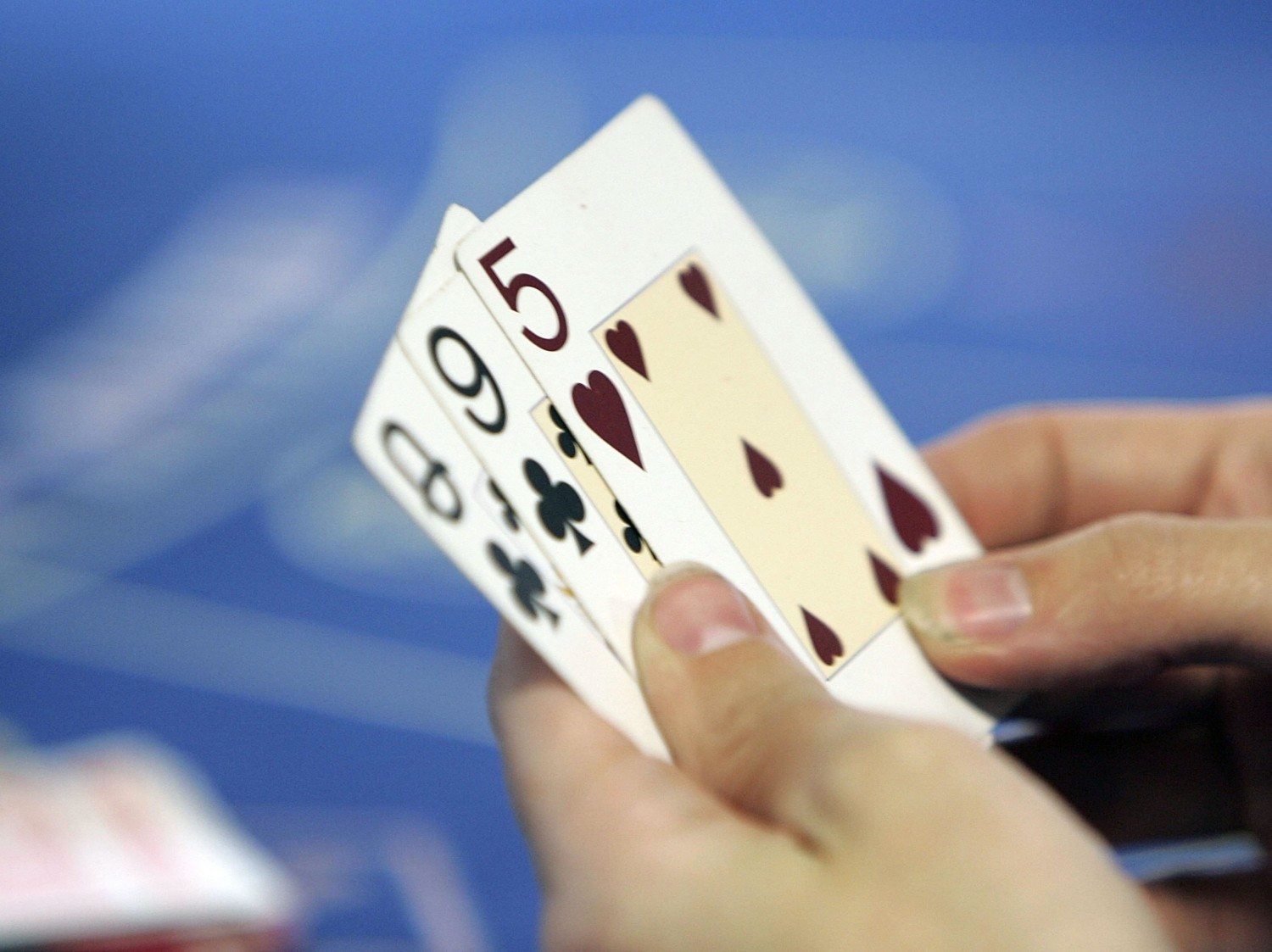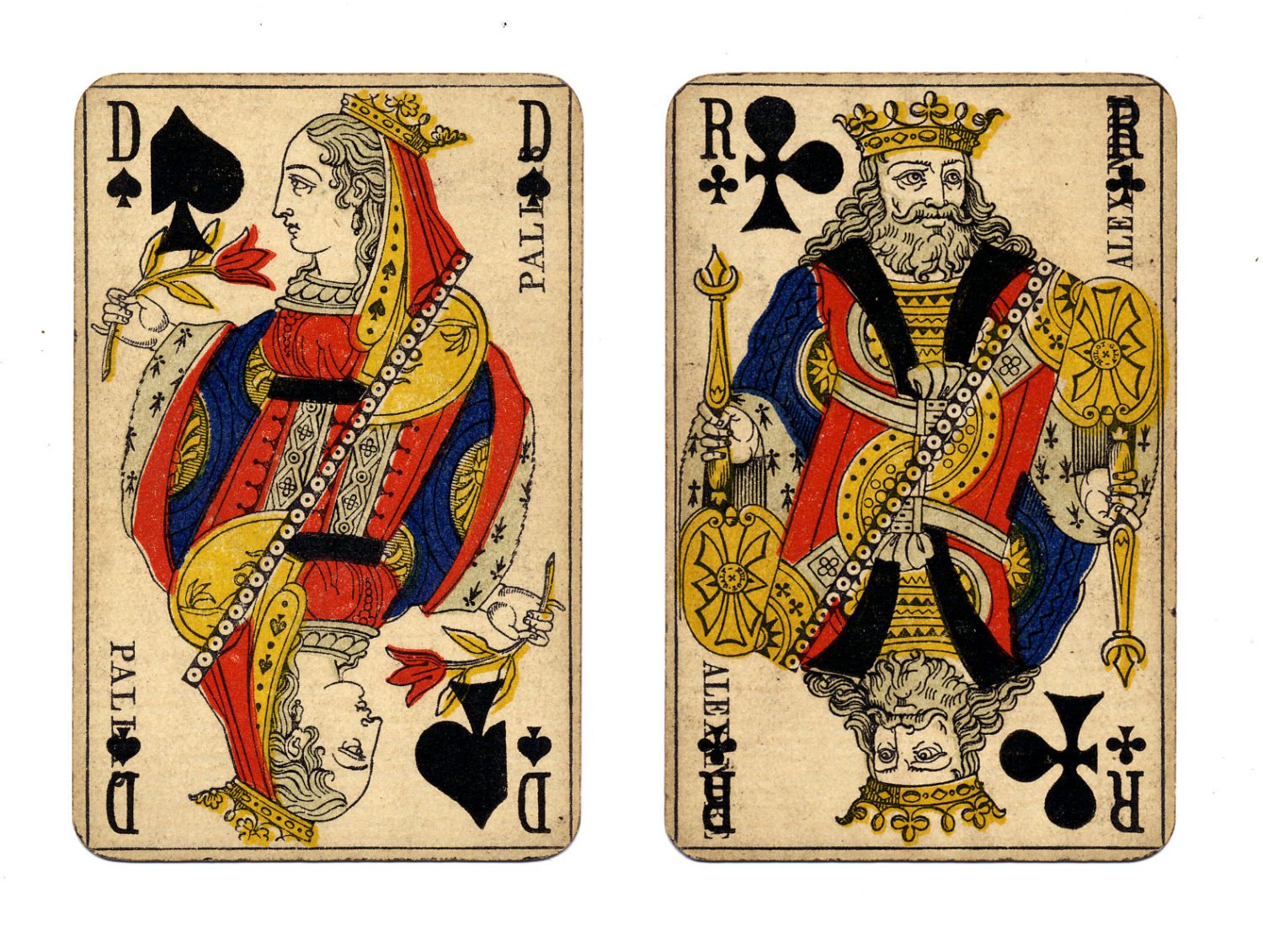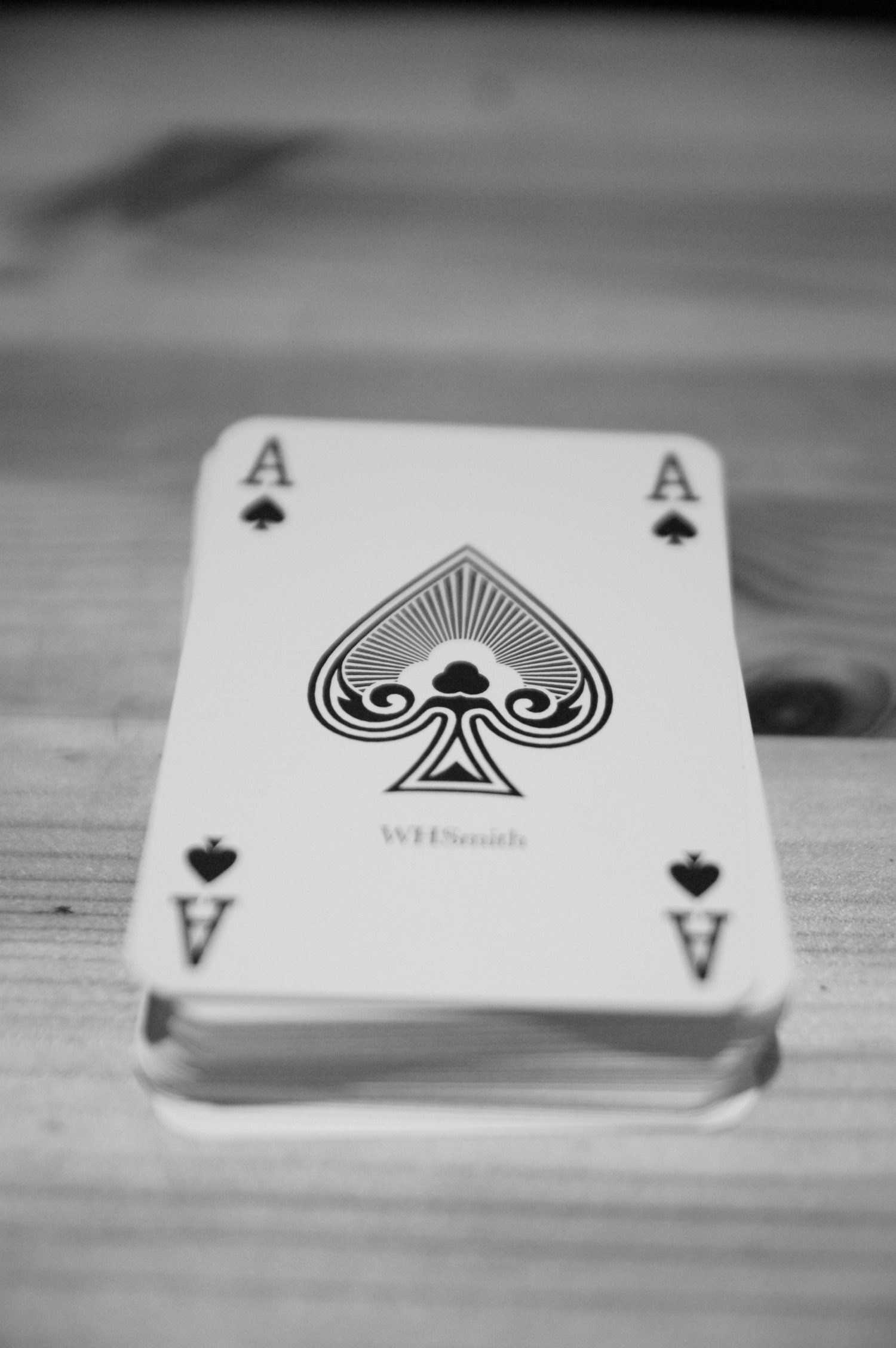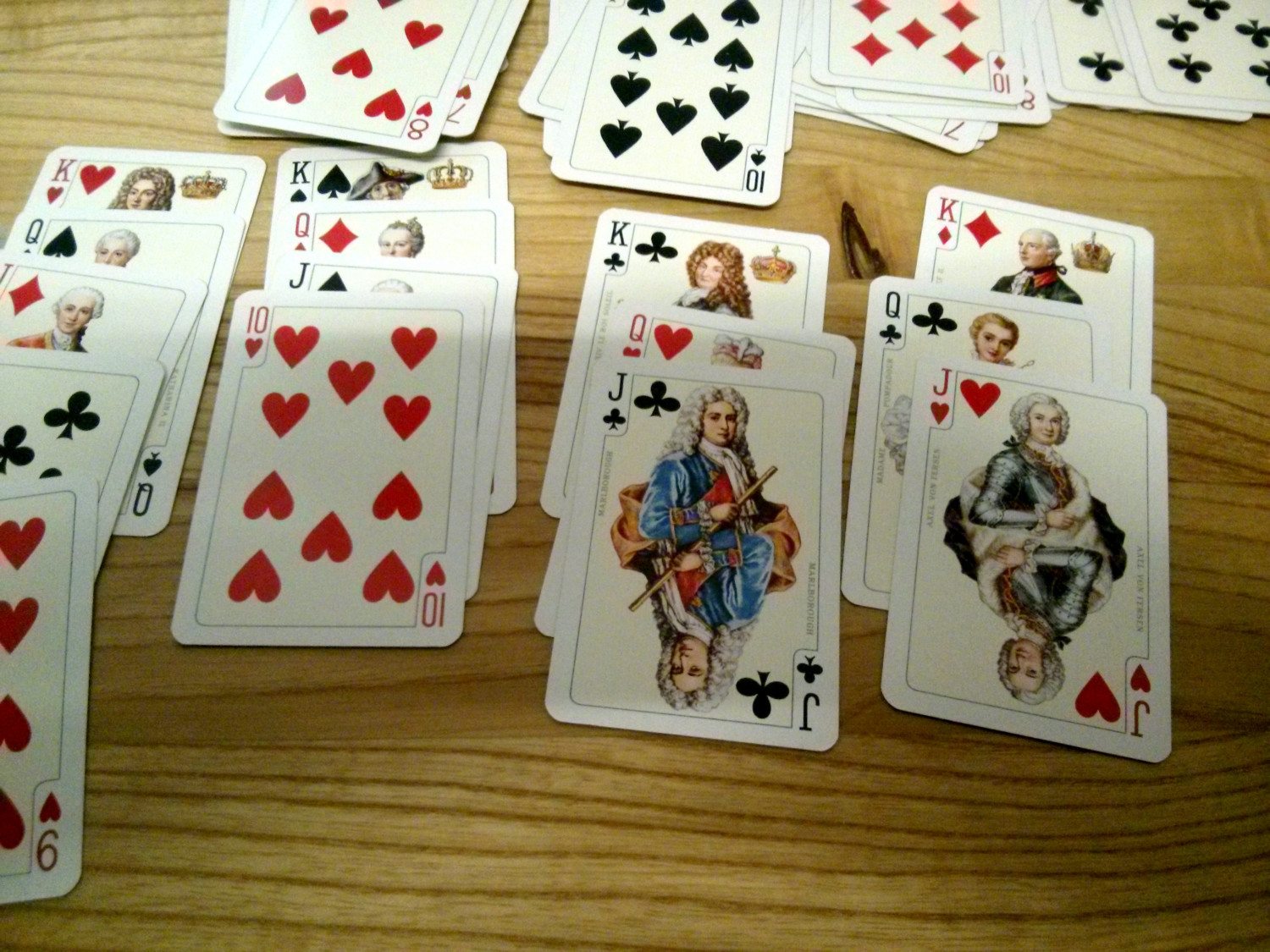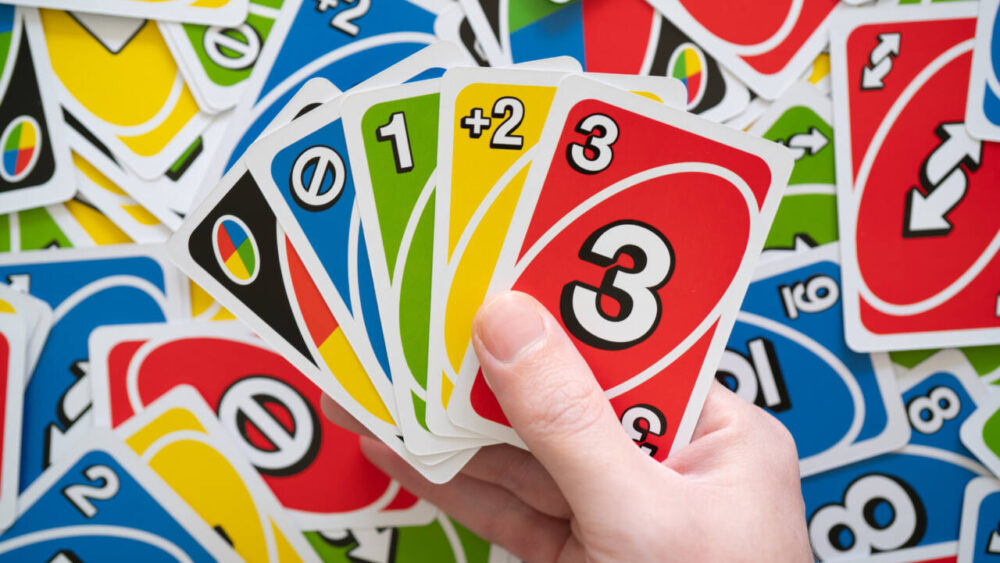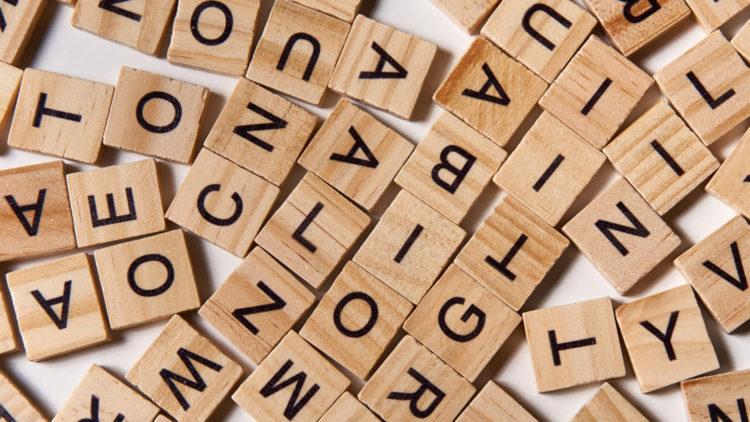5 facts about playing cards
“Pick a card, any card!” is an irresistible invitation, but how much do you know about that seemingly simple 52-card deck? The history and cultural significance of playing cards is probably more complicated than you realized. Here are 5 facts that might surprise you:
1. Playing Cards Have Been Around For Centuries.
Scholars have argued that the “game of leaves,” played in China in the 9th century, was the earliest card game. While different forms of card games have appeared in the centuries since, the pastime was popular enough to cause problems in medieval Europe. Historians have found evidence of card games being banned in many European countries throughout the 1300s, with preachers claiming card games were a gateway to a life of sin.
2. The Face Cards Represent Real Monarchs
Those ornate kings and queens peering out from your winning hand might look like random illustrations, but they’re actually based on very real monarchs. In British and French card decks, the king cards always show the same roster of famous rulers: Charles, David, Caesar and Alexander the Great. The queen cards have been more varied, but Pallas, Judith, Rachel and Argine are popular choices.
3. The Ace Of Spades Has An Expensive—And Bloody—History
As the popularity of playing cards skyrocketed in the 18th century, British rulers levied taxes on the sale of playing card decks to fund wars (as well as their own lavish lifestyles). When a card deck owner had paid his tax, the ace of spades was stamped with a design indicating the deck was legal. Forging this stamp or an ace of spades card was a crime punishable by death. Thankfully, the trend of executing people for forged cards didn’t last long, but the tax did: England’s tax on playing cards wasn’t abolished until 1960.
4. Modern Card Decks Still Use the Original Four French Suits
The clubs, diamonds, hearts and spades that grace modern card decks are the same ones that appeared on French decks hundreds of years ago. Historians have different theories about the origin of the symbols themselves, which are called pips, but many believe they represent the economic classes of the time.
5. Card Values Aren’t Set In Stone
Obviously the values of different cards vary slightly depending on the type of card game you’re playing, but there are also cultural influences that affect how much a card is worth. The “British Rule,” for example, transfers the highest card value to the queen when a queen is in power in the United Kingdom. Makes sense, doesn’t it?
[h/t: The Atlantic]


